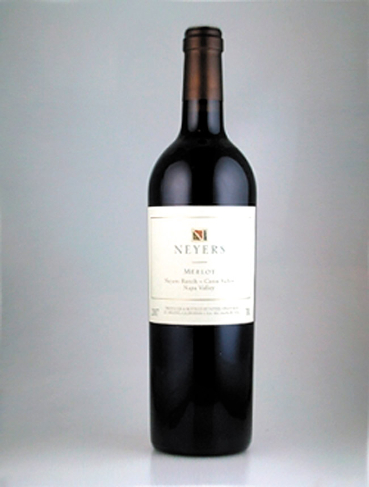California Drought’s Effect On Vineyards
“Waiwai” in Hawaiian means “rich” or “valuable.” It has the connotations of wealth. “Wai” also is the Hawaiian word for “water.”
One of the essential elements for vine growth is water, and right now there is a shortage of water in America’s largest wine-producing state: California.
mw-vino-031214-002
California has been under drought conditions for the past three years. Amid calls for conservation, water reserves are being depleted at a record pace. The federal government has pledged financial aid to the Golden State. But the danger is evident.
California is called “America’s salad bowl.” Its agricultural business is a $45-billion industry, according to a recent report in Mother Jones. It also is the country’s largest producer of wine. Over the past two months, I spoke with several wine-makers (who would rather go unnamed), and I could feel their palpable concern for their vineyards and even their livelihoods.
“The state will impose water restrictions on fruits that use the most water first. Pitted fruits and citrus will be first to go … be ready to pay a lot for any lime or lemon this year,” is what one vigneron told me. Grapes are hearty plants as long as their vines are old enough and deep enough to find water deep beneath the earth. But if the vines are young and/or are planted in an area where there just is no water, the vine will shut down before producing any fruit. Even if the vine has enough water to produce fruit at all, the grapes produced may not have much volume.
Another small producer intimated, “I would be very worried if I had a lot of acreage under vine right now. Big producers such as ‘x’ and ‘z’ need a ton of water to create the yields that they need to keep the prices of their wines at an acceptable level. As the yields drop, the prices of their fruit will go up. It is going to be a very expensive year for bulk wine producers.”
And I agree. Large producers predicate their business on being able to obtain fruit at a given (read low) price. It is very difficult to maintain the price of a bottle of wine as the production and fruit costs go up. So, for a bottle of wine that we find on a retail shelf at $6.99, its price invariably will go up for the 2014 vintage.
I reminded one wine-maker that most of Europe does not allow irrigation at all and that they constantly have to rely on the rainfall in any given year. His response was that “They also grow their grapes in cooler climates.”
But it makes me wonder if 2014 may be the year where the opportunity is ripe for more winemakers in California to make wines from grapes that are “dry farmed,” like in the Old
World. Will the wine taste more Old World? Will the terroir be able to speak louder than the fruit? Will there be enough water to harvest at all?
We will have to wait and see. I am sure that the price of grapes will go up, no matter what. But this year could be the impetus for some quality-minded California wine producers (not the bulk ones, obviously) to go without watering their vines in years to come. That may be the only silver lining in an otherwise dismal outlook of farming without water.
Recommendations: 2012 Muller Catoir Haardter Burgergarten “Scheurebe” Trocken ($32) This exotically scented wine absolutely explodes with peaches, nectarines, flowers; it is perfectly ripe. It is round but dry on the palate, with a stunningly intense and long aftertaste. This is a WOW wine. 2009 Neyers “Neyers Ranch” Cabernet Sauvignon ($55) This is a powerful example of Conn Valley Cabernet, but it holds it all together without seeming overpowering or alcoholic. Deep, black fruit abounds with creamy vanilla and mocha on the finish.
Roberto Viernes is a master sommelier.
viernes@southernwine.com
Twitter: @Pinotpusher






